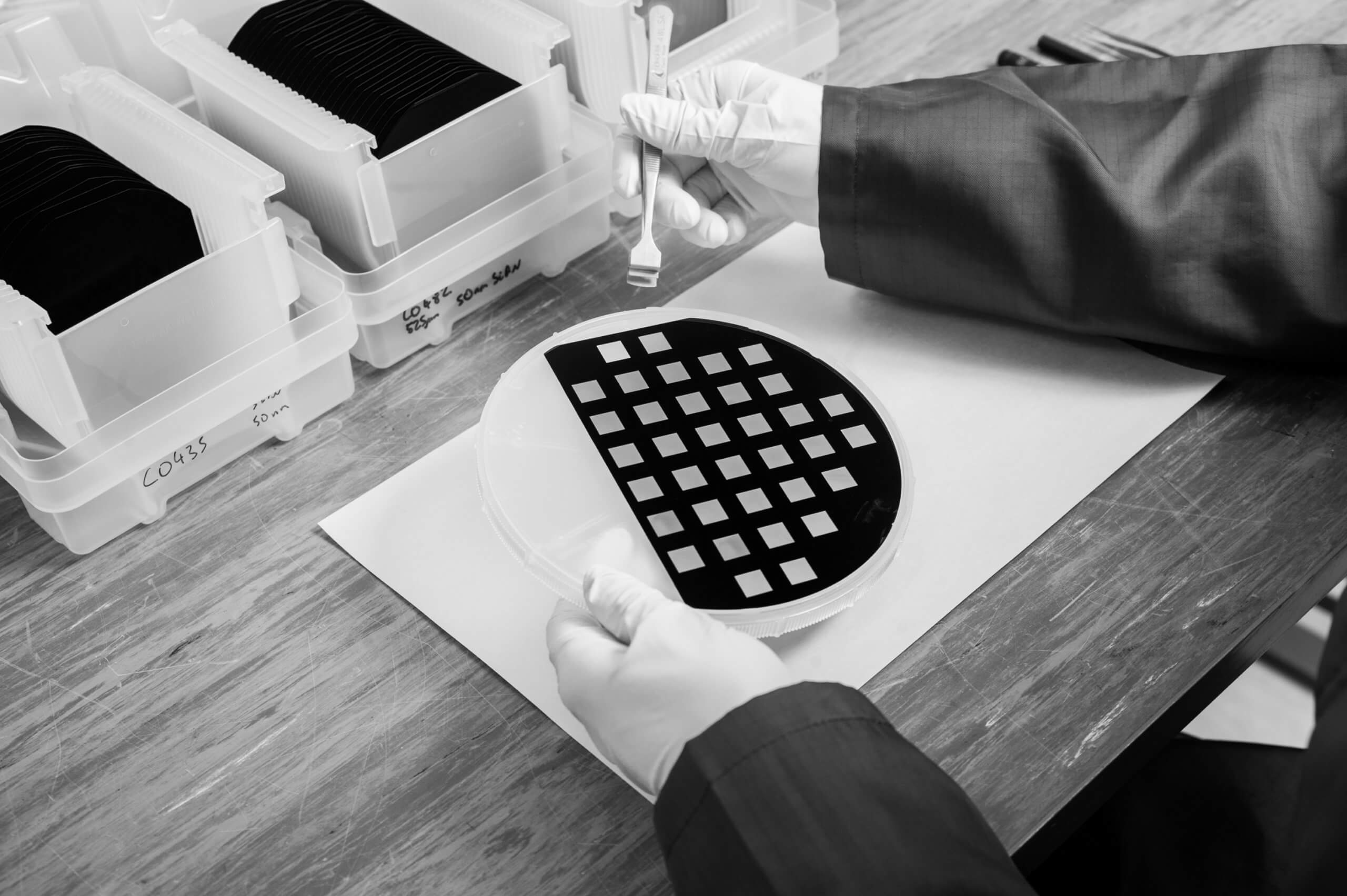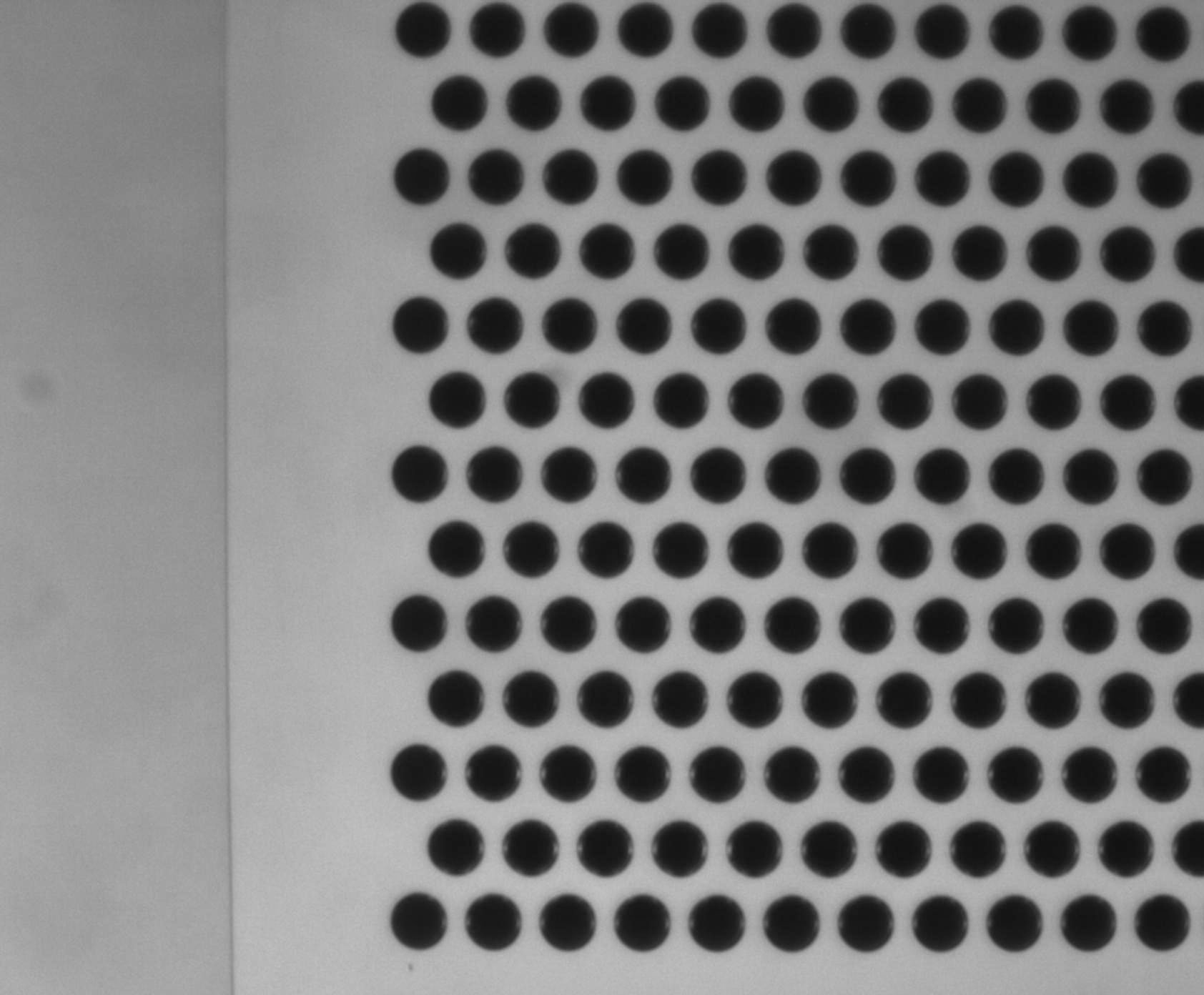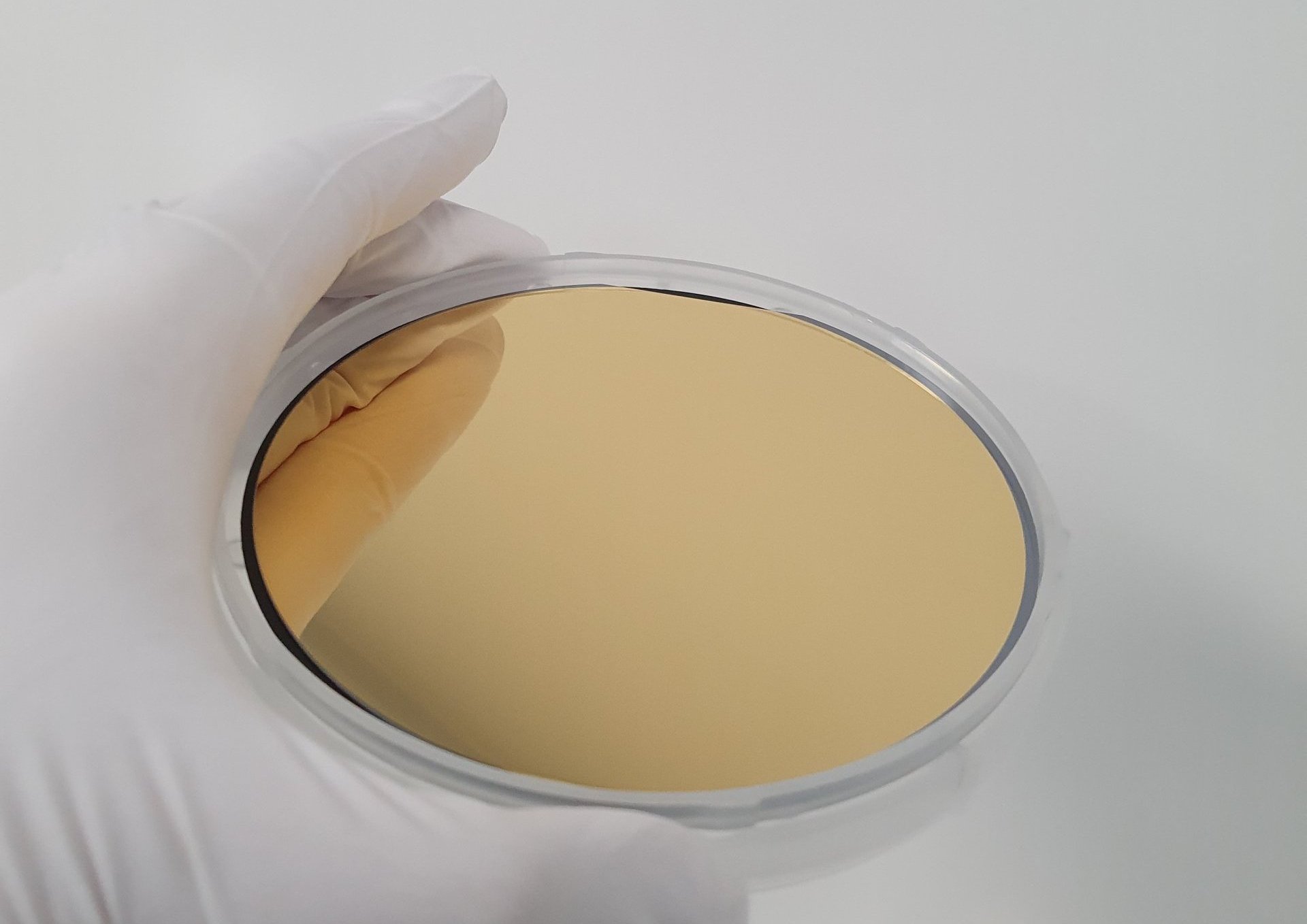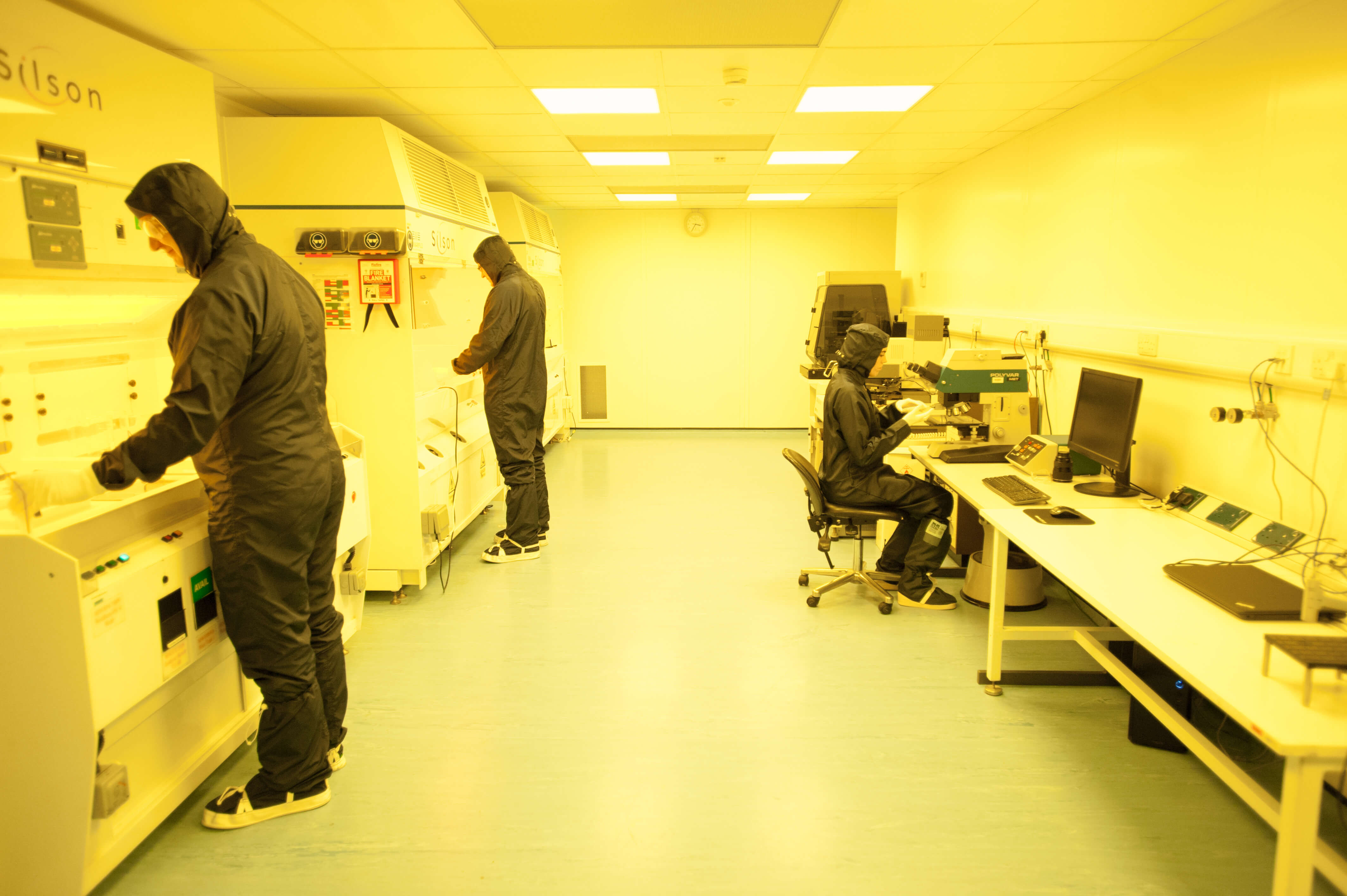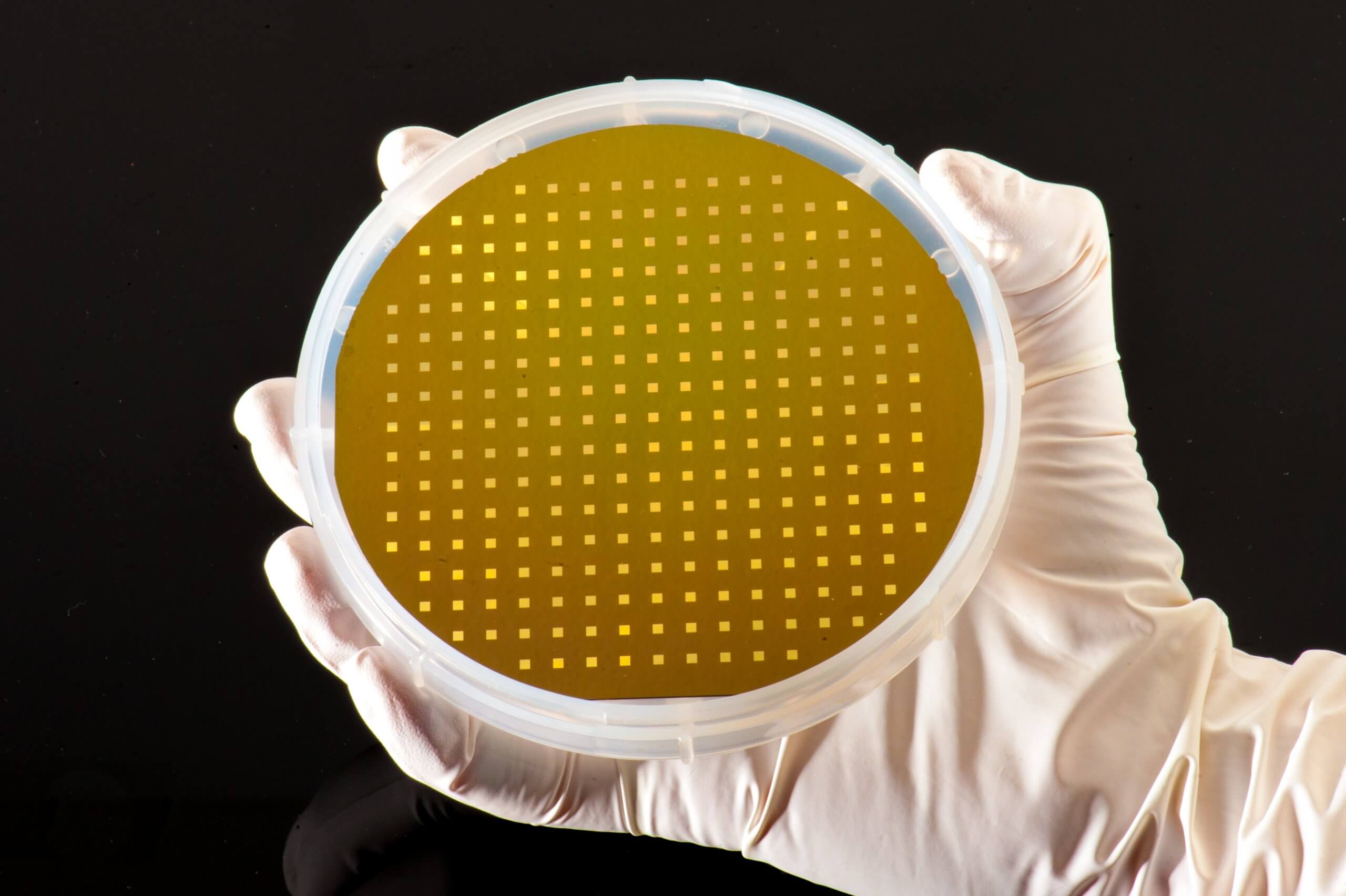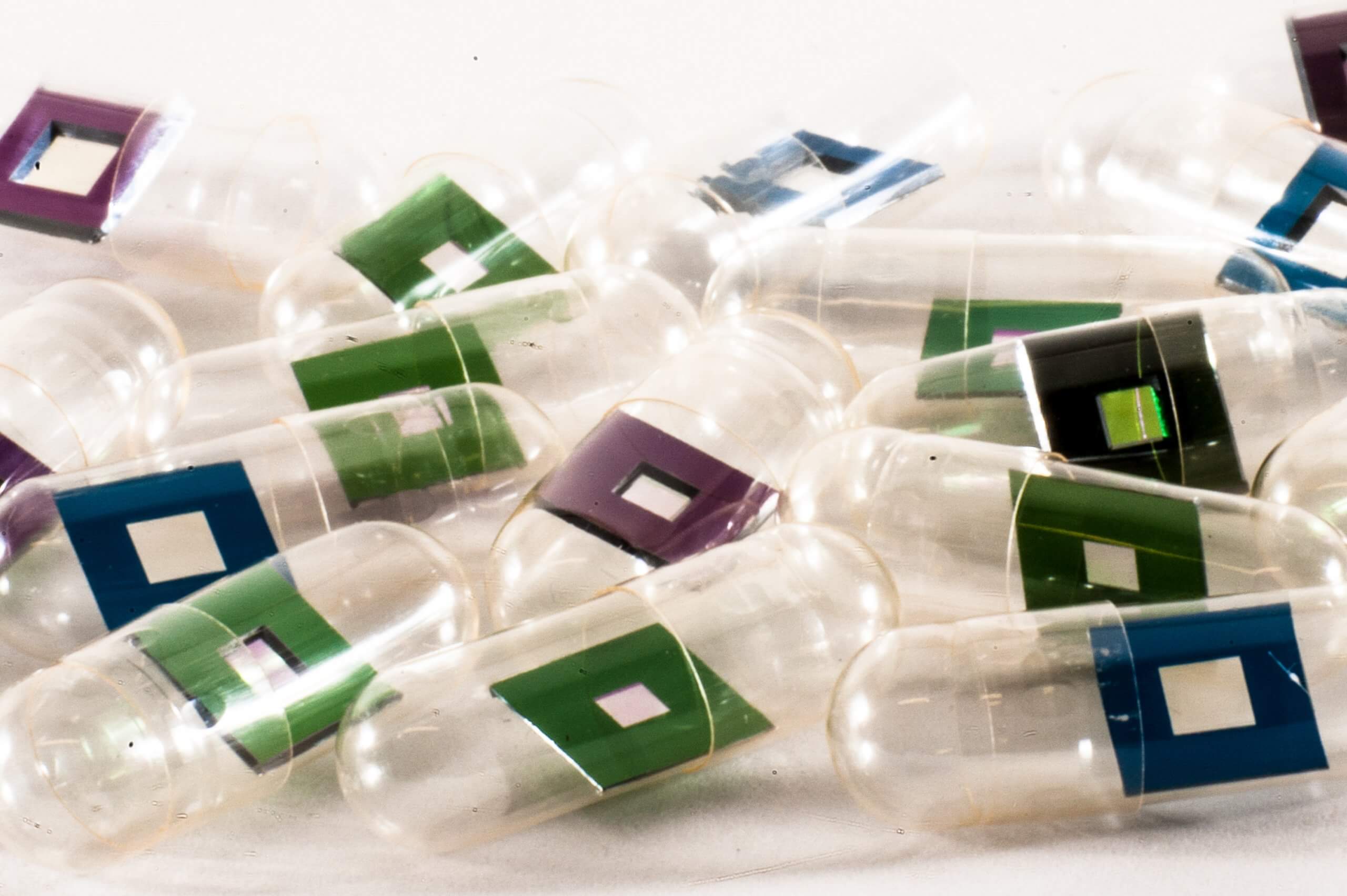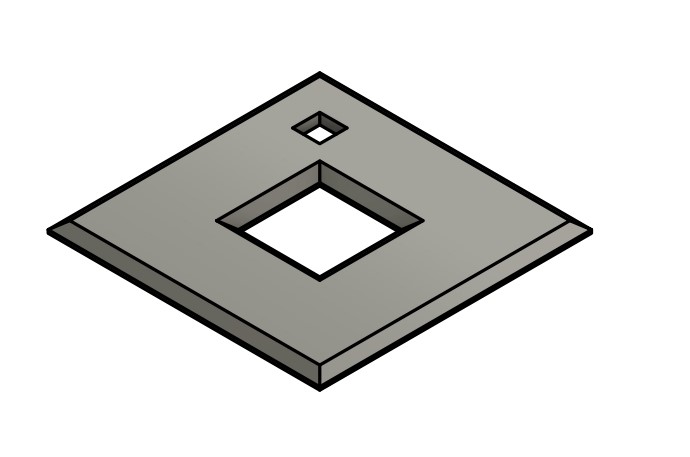
Stratospheric ozone depletion in the Antarctic region triggers intense changes in sea salt aerosol geochemistry
Nature (Communications Earth & Environment) have published a fascinating article by Gonçalves Jr et Al about stratospheric ozone depletion in the Antarctic region, which has resulted in increased surface ultraviolet radiation levels. The research brings to light “pieces of evidence of increased ultraviolet radiation impacting West Antarctica sea salt aerosols”, which play a huge part in the radiative earth balance.
Many thanks to Sérgio Gonçalves for sending us the information and the image below:
” We analyzed the aerosols of Criosfera 1 (remote module at West Antarctica at pristine convictions) using CCSEM/EDX and STMX/NEXAFS from Lawrence Berkeley Lab. These molecular techniques are pretty new in the field. So, we discovered a new mechanism that acts on the climate of Antarctica: The increased UV radiation due to ozone depletion modifies the physics of salt aerosols by altering its radiative process. In this work, we prove our premise with ice core data and demonstrate that this effect has no precedent in the Holocene (last 11.7 kyr) “
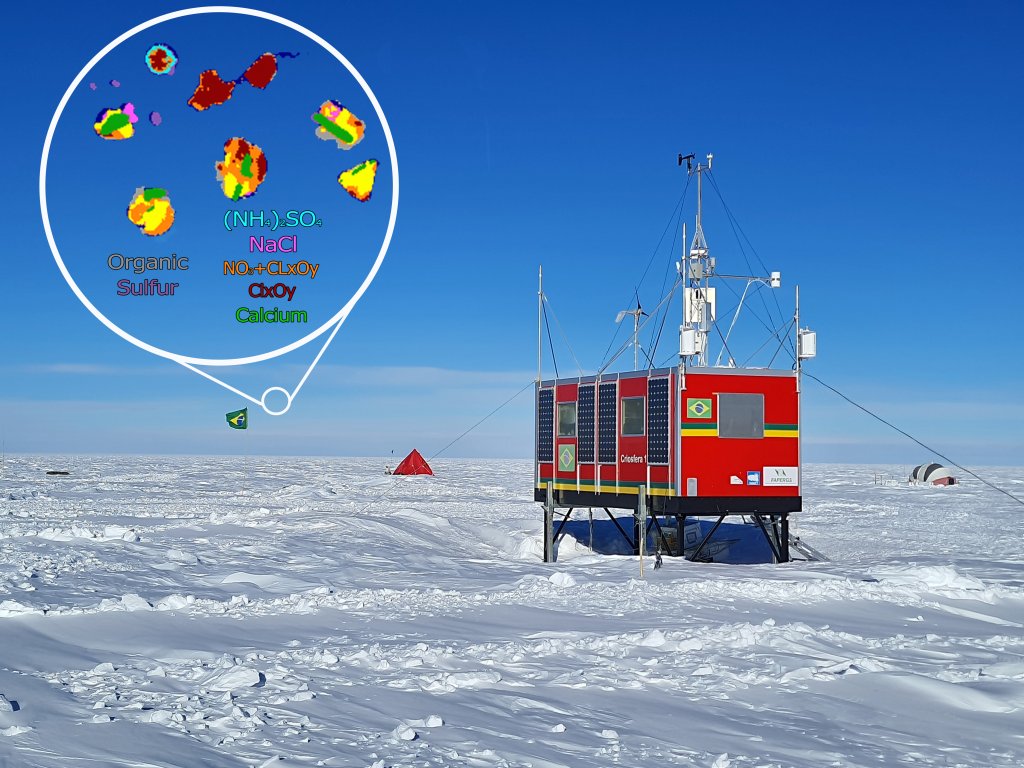
Image credit: Sérgio Gonçalves
The abstract of the article concludes “to disclose the molecular details of sea salt aerosols, we used a synchrotron-based multi-element microscopic speciation of individual microparticles (Scanning Transmission X-ray Microscopy with Near-Edge X-ray Absorption Fine Structure Spectroscopy combined with Computer-Controlled Scanning Electron Microscopy). Here we identified substantial abundances of chlorine-enriched aerosols in sea salt generated by photolytic products, whereas ice core records revealed increased chlorine depletion from the onset of ozone depletion. Our findings reveal that modern sea salt modification has no Holocene precedent”.
Silson’s silicon nitride membranes were used for the integrated aerosols sampling which was done using a May cascade impactor.
Click this link to read more about this research!

